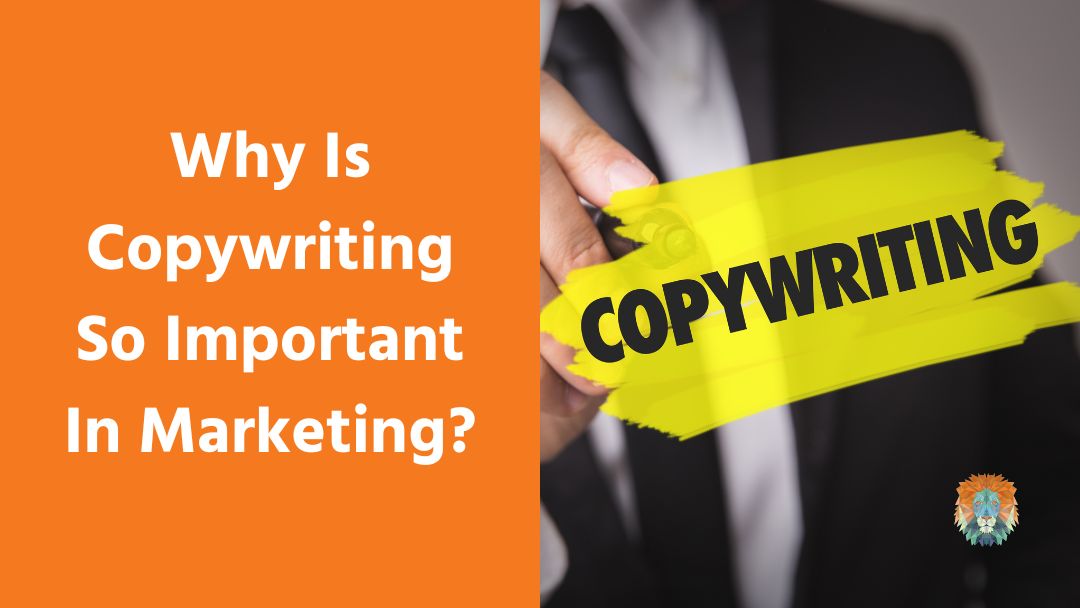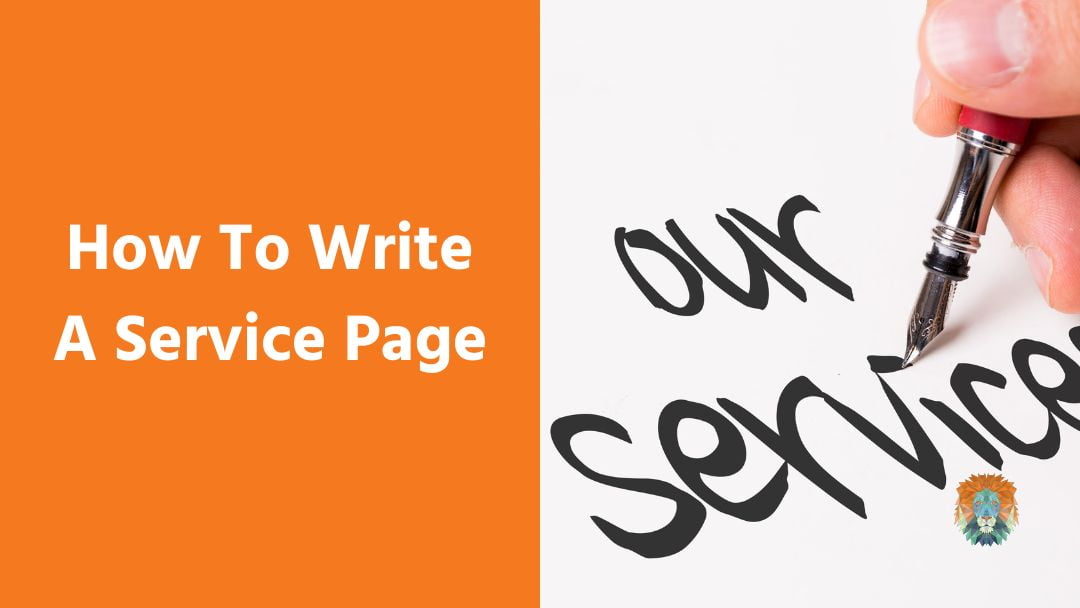Writing for the internet is tough. WordPress.org (one of the world’s largest content management systems) estimates that its users publish more than 70 million pages per month, 71% of which are in English. Competition between bloggers is huge. To connect with your readers, your writing has to be on point.
I’ve talked before about the need for content marketers to understand the audience, to choose relevant topics, and to create an emotional connection. In this article, I focus on actual writing styles and the impact it has on readership, i.e. composition rather than content.
You need to address two key areas here. First, how easy it is to read (readability) and second, how it sounds to the reader (tone of voice).
Readability
What Is Readability?
Readability relates to how easy or difficult it is for people to read your writing.
We have known for a long time that the easier it is to read a piece of writing, the more people will want to read it. For example, Sawyer, Laran, & Xu, 2008 found that award-winning articles are easier to read than non-winning articles.
When writing is easy to read, it’s a pleasure. When writing is difficult to read, it’s a chore.
Google also ranks content to some degree by its readability. This is why SEO tools use readability scales to help content creators adjust their writing and make it easier to read.
It might sound weird, but writing to an 8th-grade level (13 year olds) is the sweet spot for most internet content.
How To Use Readability to Connect With Your Readers?
To improve readability, pay attention to six things:
Sentence length: the longer a sentence is, the harder it is to read. In sentences with more than 20 words, readers find it difficult to keep track of what you’re saying.
Paragraph length: as with sentence length, the longer the paragraph, the harder it is to remember what you have read. Cut out unnecessary sentences and break things up by using headings, bullet points, and numbered lists.
Reading ease: this is the grade-level of your writing. Writing for an audience at a reading level of between 13 and 15 years old is the ideal.
Passive voice: this happens when you swap the object and subject around in a sentence. It makes the writing feel more flowery (which can work well sometimes, but don’t overuse it) and less powerful. The opposite of the passive voice is the active voice. The active voice makes your writing more direct and authoritative.
Transition words: these words help readers understand the relationship between different sentences. For example, words like “therefore” and “because” help readers understand how you different points relate to each other.
Consecutive beginnings: starting too many sentences and paragraphs with the same words can make your writing feel boring. To keep your readers interested, you need to avoid monotony.
This all makes a lot of sense. The clearer your writing is the easier people will find it to read. They’ll be able to understand your ideas better and it helps to avoid crossed-wires.
But, as with all writing advice, you need to be flexible. These rules are a guide. For example, you will sometimes need to use complex writing and that will be harder to read.
Tone of Voice
What Is Tone of Voice?
Think of tone of voice as the use of language that reflects your brand or company’s personality.
What three values best match your brand personality? Are you honest, reliable, and friendly? Or, are you fun, quirky, and unique? The tone of voice you use should reflect these qualities.
The first set of values (i.e. honest, reliable, and friendly) will need to use a different tone of voice to the second set of values (i.e. fun, quirky, and unique).
How Does Tone of Voice Help You Connect With Your Readers?
Using the same tone of voice across your brand gives it coherence. It allows readers to understand who you are. This makes your writing feel more trustworthy and reliable. Just as it might unsettle you if a person seems to have a different personality each time you meet them, it will unsettle your readers if your brand seems to be different each time too.
With most internet writing, the best approach is “to blend a conversational tone with professional information”. It improves engagement rates and is therefore ideal for building brand awareness and brand building.
Conversational tone simply means that you are writing as if you are having a conversation with the reader. Conversational tone is informal and speaks directly to the reader.
The conversational tone is popular with all sorts of corporations and everyday bloggers. Here’s an example from Vogue:

Notice that they address the reader directly by using “You” in the title and within the first paragraph. They’re also using informal turns of phrase, such as “…enjoying a moment in the skincare spotlight”
Their use of direct questions also builds engagement by making the writing interactive. The reader actually has to stop and think, “How can [they] manage [theirs]?” It effectively creates a two-way conversation. This makes it more enjoyable to read because the reader is active, rather than passive; they’re doing more than ‘just’ reading.
Is Conversational Tone Always Appropriate?
You will sometimes need to adjust the conversational tone.
Studies suggest that a conversational tone of voice isn’t always the best option. For example, in response to negative criticism online, e.g. on social media or when people leave negative reviews, a more formal approach works better. The professional tone is authoritative.
When you address criticism, avoid using the conversational tone because it gives the impression that their criticism and your response have equal weight. By adopting a professional tone, it gives the impression that you understand the problem and its solution. In other words, it gives you authority.
How Do You Choose Tone?
When deciding which tone to use, ask yourself the following questions:
- Who is your audience, e.g., other professionals, B2B, B2C?
- Why are they reading your content?
- Is the content instructional?
- Do you need to show authority, friendliness, or perhaps a mix of both?
Answering these questions will help you to write to your audience in a voice they’ll respect.
Summary
With so much competition to get eyes on your content, you have to write in a way that is easy, clear, and enjoyable.
At Lion Spirit Media, we specialise in helping brands find their voice and connect with their readers. Need help building your online audience? Get in touch with us here.





0 Comments